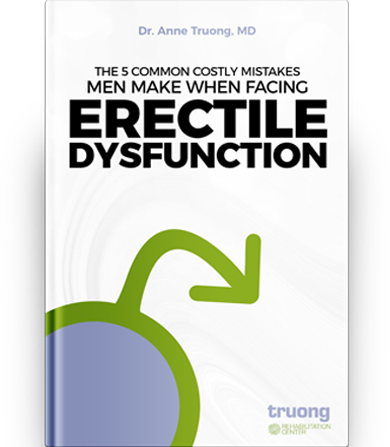Both interval training (HIIT) and moderate-intensity continuous training (MOD) reduce body fat percentage, according to a recent review published in the British Journal of Sports Medicine. Interval training, however, offers a 28.5% greater reduction in total absolute fat mass.
HIIT can boost your metabolic rate for up to 48 hours after your routine.
Interval training is comparable to MOD but takes less time to perform. The two primary reasons why some people quit exercising are lack of time and lack of results, which interval training could address.
By definition, continuous training, including MOD, results in 55% to 70% of the maximal heart rate (HRmax).
Interval training is defined as bursts of effort punctuated by recovery periods, or breaks. The two most popular forms of interval training are high-intensity interval training (HIIT) and sprint interval training (SIT). Specifically, HIIT requires “near maximal” efforts performed at a heart rate ≥ 80% of the HRmax. In comparison, SITs are even more intense.
Many different types of interval training exist, but it remains to be elucidated what type (HIIT/SIT vs MOD) could result in maximal weight loss.
It should be noted that interval training isn’t for everyone and carries a higher risk of discomfort, injury, or cardiac distress.
“In general, our findings suggest that the ‘signal in the noise is the similar effects of interval training and MOD on total body fat percentage (%) management and the superiority of interval training for total absolute fat mass (kg) reduction,” concluded the authors. “Yet that these effects can be produced in a ‘time-efficient manner when using interval training.”
The great thing about HIIT workouts is that there is no end to the variations you can try. Whether you want to incorporate weights, running, or do a routine that requires no equipment but yourself, there’s a workout for you. Here’s one that you can do in your living room:
- 40 squat jumps
- 20 push-ups
- 30 jumping jacks
- 10 tricep dips
- 10 burpees
- 30-second plank
Do not rest between each exercise, and repeat this circuit three times, with a 1-minute rest between circuits.











